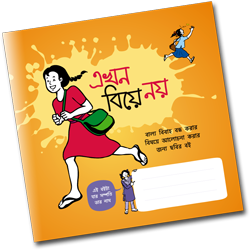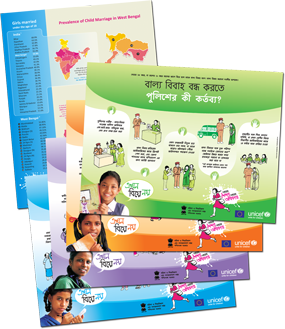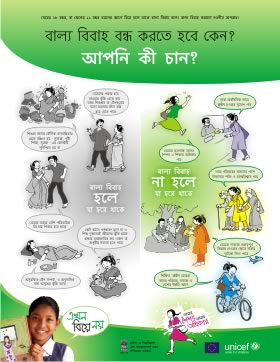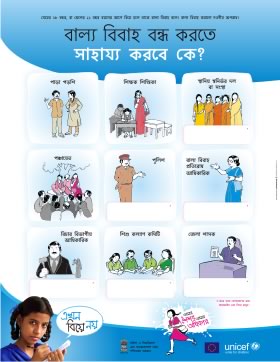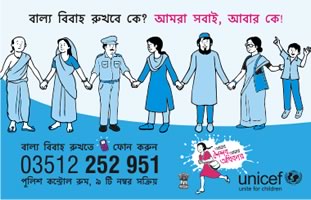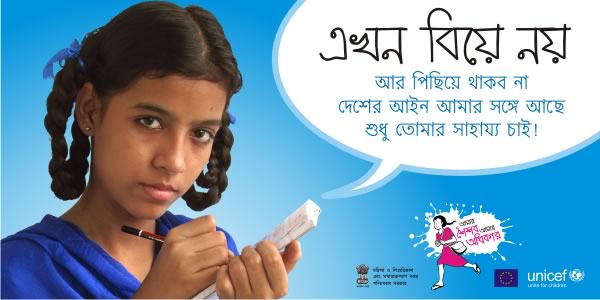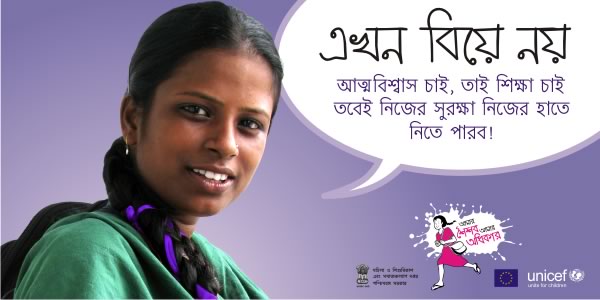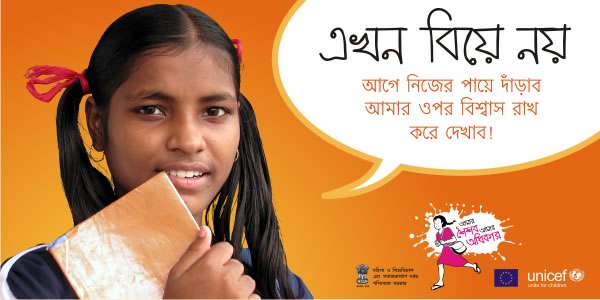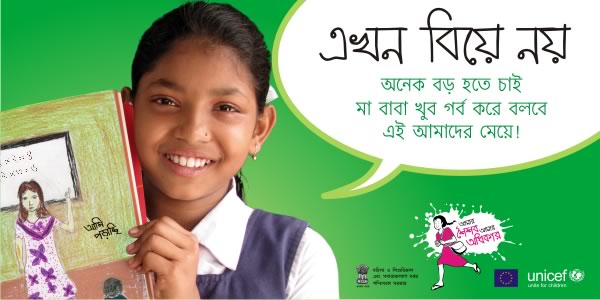My Childhood My Right
Campaign on Prevention of Child Marriage
Unicef's Youth Champion led pilot campaign in Purulia and Malda districts of West Bengal, 2011
বাংলা : This page contains Indic text to help users searching in Bengali. It may be unreadble in your browser without rendering support.
Child Marriage in India has been recognised as a social problem since the early 1900s, but even nearly a century later, despite stringent legislation, almost half of the girls in India were found to be married off as children!
Then, in 2009, a few very young teenagers defied tradition to stand up for their right to childhood. They stubbornly refused to get married off, and made sure they went to school instead. Rekha Kalindi, Sunita Mahato, and Afsana Khatun's revolt against child marriage created ripples throughout India, and is today considered revolutionary. They inspired many others to stand up for what is right, and together they demonstrated that young people have the power to transform society.
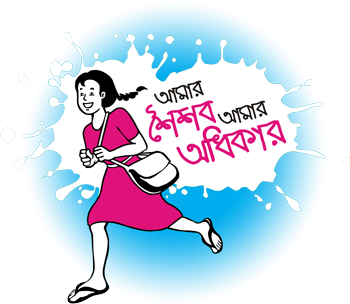
This campaign was inspired by these brave young people. At the centre of this campaign were Youth Champions - young change agents identified by Unicef through their network of schools.
The campaign strategy was train hundreds of Youth Champions through workshops, empower them to engage other community stakeholders in conversation, while simultaneously running a public visibility campaign on the issue.
In this page
Peer Booklet | Posters | Banners | Wall Paintings | Hoardings
